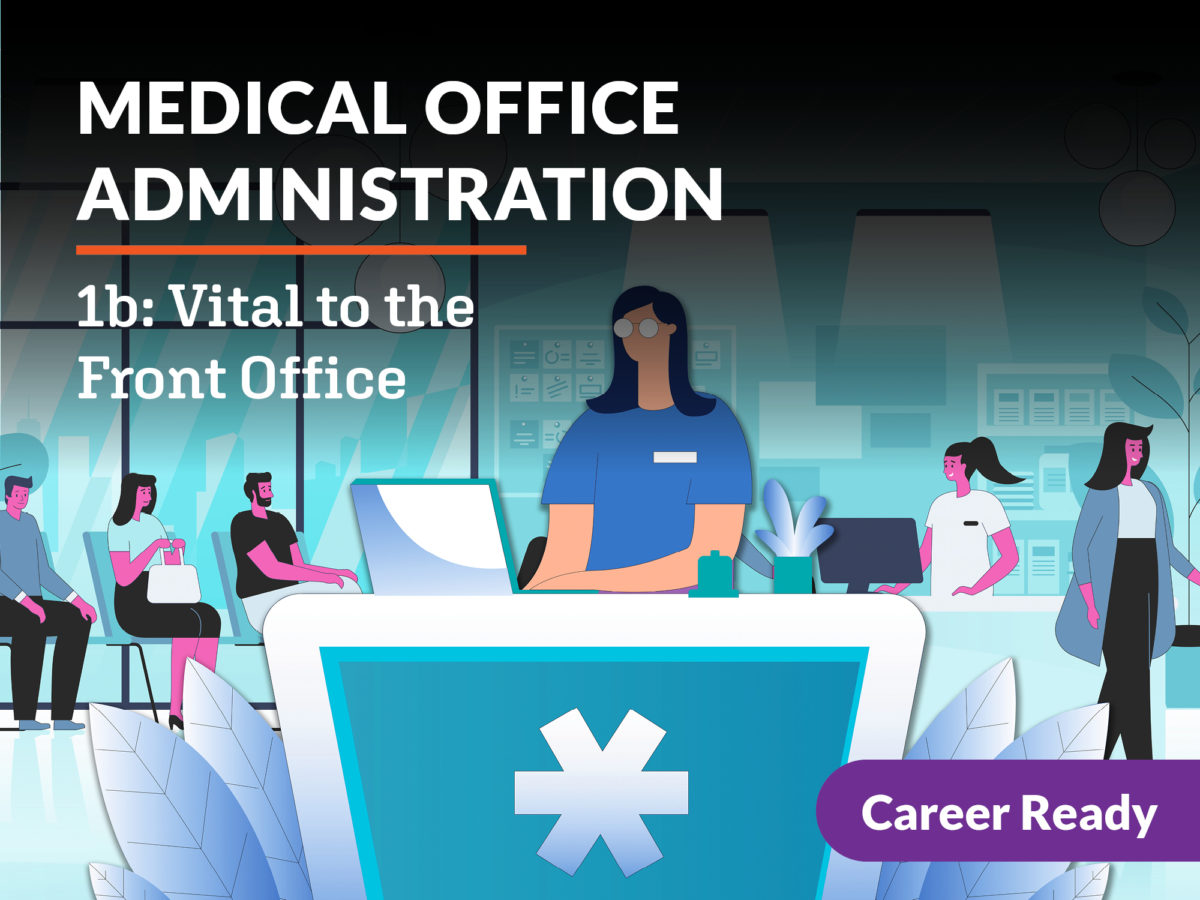The Future of Medical Administration: Patterns and Technologies to View
The Future of Medical Administration: Patterns and Technologies to View
Blog Article
Ideal Practices in Medical Administration for Improving Efficiency and Lowering Expenses
In the ever-evolving landscape of medical care, the pursuit of ideal practices in medical management is critical for enhancing effectiveness and suppressing expenditures. By incorporating innovative technologies such as digital health documents and telemedicine, health care suppliers can enhance operations and improve person treatment. Nevertheless, technology alone is not a panacea; optimizing resource allocation and promoting collective interaction among care groups are similarly critical (medical administration). As organizations strive to balance quality and expense, what techniques should be prioritized to accomplish these double goals? The solutions to these inquiries hold the trick to a much more sustainable healthcare system.
Leveraging Advanced Modern Technology
The integration of digital services right into health care systems has actually changed the way facilities run, improving processes and improving individual care. By centralizing client info, EHRs get rid of the requirement for cumbersome documentation and assist in smooth interaction among medical care suppliers.
Telemedicine is one more technological development that has changed individual interaction. It offers convenience for both individuals and health care specialists by making it possible for remote assessments, which can lower the demand for in-person check outs and enhance visit organizing. Furthermore, telehealth platforms can expand healthcare accessibility to country or underserved areas, linking spaces in treatment delivery.
Furthermore, making use of Artificial Knowledge (AI) and maker understanding is ending up being significantly widespread in predictive analytics, enabling early discovery of possible health and wellness issues and even more educated decision-making. These innovations, when incorporated successfully, can boost diagnostic accuracy and individualize client therapy plans, eventually causing enhanced medical care outcomes and operational effectiveness.
Optimizing Resource Allotment
Efficient resource allotment is vital for making best use of the efficiency of medical management. By strategically handling resources such as personnel, equipment, and financial resources, healthcare centers can significantly boost their operational performance, boost individual end results, and decrease unneeded expenses. The initial step in optimizing resource allotment includes carrying out a detailed assessment of existing properties and determining areas where sources may be underutilized or overextended. This analysis should be data-driven, making use of metrics and analytics to notify decision-making procedures.
Focusing on source allotment based on person demands and solution needs is essential. Executing flexible staffing designs can likewise maximize labor sources by readjusting workers allotment in response to rising and fall patient volumes.
Funds must be diligently checked and allocated with strategic foresight to support both short-term operational demands and lasting institutional goals. This consists of investing in training programs that improve team competencies and adopting energy-efficient techniques that decrease operational prices (medical administration). Ultimately, an optimized resource allotment technique promotes a sustainable medical care setting that is responsive, efficient, and financially sensible
Streamlining Operations Procedures
When healthcare facilities aim to enhance operational efficiency, improving process procedures ends up being a critical emphasis. Effective workflows reduce redundancy, get rid of unnecessary actions, and improve coordination amongst medical care professionals. This approach not just accelerates service delivery but also improves the high quality of person treatment.

Following, technology combination plays a substantial function in enhancing process. Executing electronic wellness records (EHRs) and digital medical professional order entrance (CPOE) systems reduces paperwork, decreases human error, and ensures details is accessible to all pertinent workers. Furthermore, leveraging telemedicine systems can simplify person appointments and follow-ups, reducing the stress on physical infrastructure.

Eventually, structured operations cause set you back decreases and boosted patient satisfaction, promoting a much more sustainable healthcare atmosphere.
Enhancing Data Administration
Structure upon structured workflows, maximizing information administration becomes an essential component beforehand medical care management. Effective information administration systems are vital for keeping precise client records, improving decision-making, and guaranteeing compliance with regulative criteria. By implementing robust information monitoring solutions, health care centers can improve the high quality of person treatment while simultaneously lowering operational expenses.
One key aspect of boosting data monitoring is the combination of innovative electronic health and wellness document (EHR) systems. These systems help with the seamless exchange of individual info throughout different divisions, minimizing duplication of examinations and decreasing mistakes. A well-designed EHR system supports data analytics, making it possible for doctor to identify fads and make educated decisions concerning person treatment.
Additionally, guarding person data is vital. Taking on extensive cybersecurity actions, including security and regular audits, guarantees the stability and discretion of delicate details. This not only shields clients yet likewise keeps the institution's reputation.
Purchasing personnel training is an additional crucial element. Informing healthcare specialists on information management methods improves their capacity to efficiently use technology, leading to improved client end results. To conclude, boosting information monitoring with sophisticated technology and extensive training is necessary for accomplishing efficiency and price reduction in clinical management.
Fostering Collaborative Interaction
A crucial component in advancing medical visit this site administration is fostering joint interaction among medical care experts. Effective interaction is extremely important for making sure seamless individual care, optimizing treatment results, and minimizing mistakes. By urging open dialogue and sychronisation throughout multidisciplinary groups, healthcare organizations can improve their operational efficiency and lower unneeded prices.
Central to this approach is the combination of communication innovations such as electronic wellness records (EHRs) and protected messaging platforms, which help with the fast exchange of crucial patient information. These tools make it possible for health care suppliers to access and share information in actual time, making certain that all staff member are educated and lined up in their decision-making processes. Furthermore, routine group conferences and interdisciplinary rounds can further advertise a society of cooperation and liability.
Educating programs focused on enhancing interaction skills are also vital. These programs can help team create the ability to communicate information plainly and listen proactively, hence minimizing misunderstandings and promoting an see it here encouraging workplace. Furthermore, taking on standard interaction procedures, such as SBAR (Situation, Background, Assessment, Referral), can improve the exchange of details, making certain that critical information are conveyed succinctly and effectively. Eventually, fostering joint communication leads to enhanced medical care shipment and cost financial savings (medical administration).

Final Thought
Incorporating innovative innovation, such as electronic health records and telemedicine, along with optimized source appropriation and streamlined workflow procedures, is important for improving effectiveness in medical administration. Reliable data management and cultivating collective communication amongst health care groups are critical for lessening redundancies and improving treatment top quality. By focusing on preventive treatment and engaging in top quality renovation campaigns, healthcare organizations can accomplish significant cost savings and boosted client results, consequently making certain sustainable medical care official statement distribution in an increasingly complicated atmosphere.
Report this page